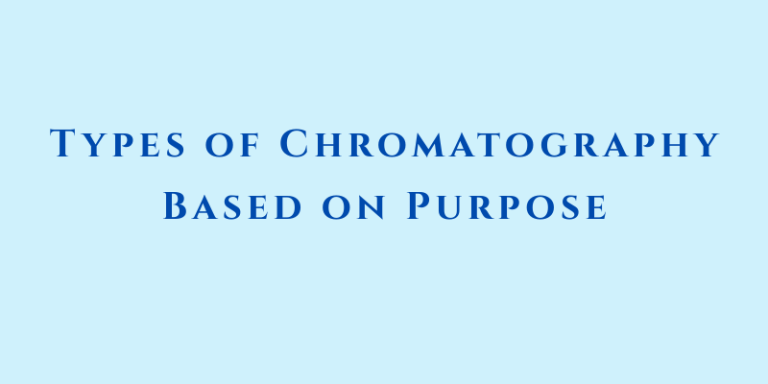Validation of Compendial Methods

Test procedures for assessment of the quality levels of pharmaceutical products are subject to various requirements.
According to Section 501 of the Federal Food, Drug, and Cosmetic Act, assays and specifications in monographs of the USP Pharmacopeia and the National Formulary constitute legal standards.
The cGMP regulations [21 CFR 211.194(a)] require that test methods, which are used for assessing compliance of pharmaceutical products with established specifications, must meet proper standards of accuracy and reliability.
Also, according to these regulations [21 CFR 211.194(a)(2)], users of analytical methods described in the USP and the NF are not required to validate accuracy and reliability of these methods, but merely verify their suitability under actual conditions of use.
Submissions to the compendia will consist of the following sections:
Rationale— This section should identify the need for the method and describe the capability of the specific method proposed and why it is preferred over other types of determinations.
Proposed Analytical Procedure— This section should contain a complete description of the analytical method sufficiently detailed to enable persons skilled in the art to replicate it.
Data Elements— This section should provide thorough and complete documentation of the validation of the analytical method.
In the case of compendial methods, revalidation may be necessary in the following cases:
- a submission to the USP of a revised analytical method;
- the use of an established general method with a new product or raw material
The ICH documents give guidance on the necessity for revalidation in the following circumstances: changes in the synthesis of the drug substance, changes in the composition of the drug product, and changes in the analytical procedure.
Compendial assay procedures vary from highly exacting analytical determinations to subjective evaluation of attributes. Different test methods require different validation schemes. This chapter covers only the most common categories of assays for which validation data should be required. These categories are as follows.
Category I: Analytical methods for quantitation of major components of bulk drug substances or active ingredients (including preservatives) in finished pharmaceutical products.
Category II: Analytical methods for determination of impurities in bulk drug substances or degradation compounds in finished pharmaceutical products. These methods include quantitative assays and limit tests.
Category III: Analytical methods for determination of performance characteristics (e.g., dissolution, drug release).
Category IV: Identification tests.
For each assay category, different analytical information is needed.
- The Lifecycle of a Pharmaceutical Test Method
- Tips for Optimizing HPLC Method in Pharmaceutical Analysis
Resource Person: BARBARA PIROLA







